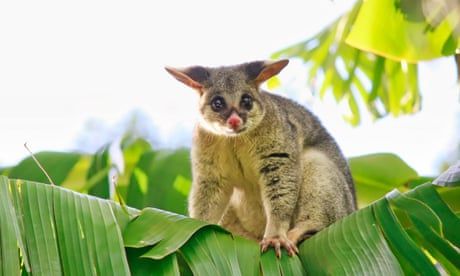
From orcas to elephants, the ‘mourning rituals’ that suggest a sophisticated grasp of mortality
In 2017 an eight-year-old student named Dante de Kort set up a camera trap outside his home in Prescott, Arizona, as part of a science fair project. He directed the camera towards a dead female peccary, a small boar-like creature found in woods throughout the Americas, in the hope that he would capture coyotes feasting on the corpse. Instead, his camera recorded footage of what was widely interpreted to be a mourning ritual. Over 10 days, other peccaries visited the corpse, nudging it, sniffing it, grooming it, and even snuggling next to it. “They’re smart,” De Kort told reporters. “They come back for their dead, they mourn for their dead, and they actually care about each other.”
Powerful images such as this leap out of Spanish philosopher Susana Monsó’s new book, Playing Possum, an engaging inquiry into animals and their notions of mortality. There are stories not just of peccaries, but ants that transport their dead from the nest; an orca whale who carried her dead calf more than a thousand miles; and the creature of the book’s title, a small marsupial that can transform itself into a living corpse in order to make a predator reconsider its choice of lunch. What emerges is an illuminating, if complex, guide to looking at our non-human cousins, a celebration of the richness of animal minds, and a reminder of the delusions and conceits of our own.
Continue reading...